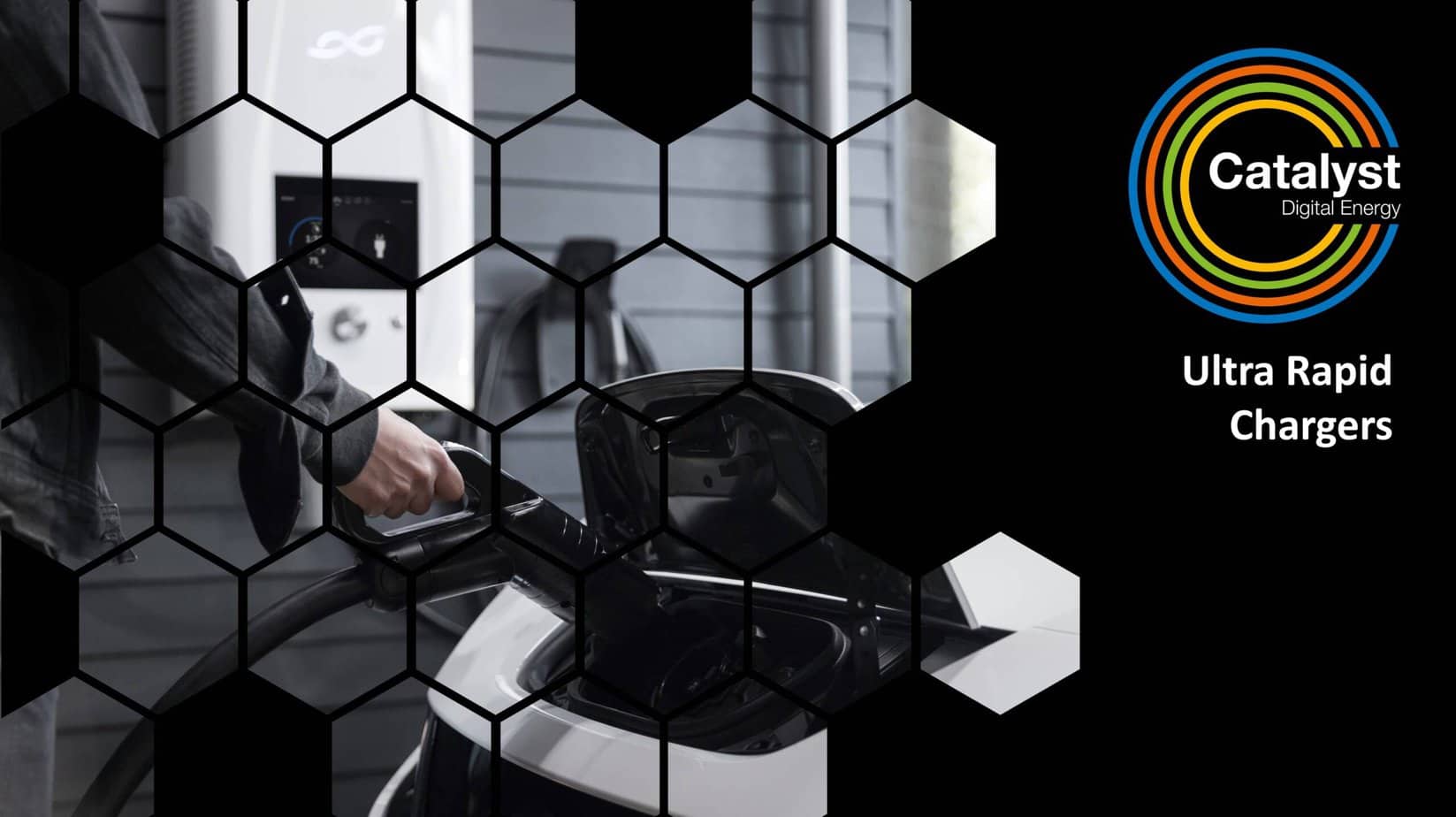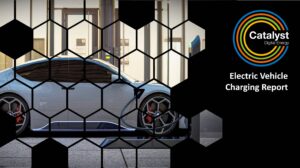Ultra Rapid ChargersUltra Rapid Chargers Roll out with Moto to impact the EV Charging Infrastructure Challenges in the UK.

Ultra Rapid EV Chargers
Electric vehicle (EV) adoption along with ultra rapid chargers in the UK is expected to expand, which will probably result in a considerable rise in the energy consumption requirments for EV charging.
It is predicted that 12 times as much energy as is currently utilised for transportation would be needed to charge all the electric vehicles in the UK.
In order to enable a seamless transition to a more sustainable transportation system, this emphasises the need for increasing investment in renewable energy sources and infrastructure to allow EV charging, as well as improved education and participation on the subject.
Motorway service provider Moto is urging those involved in the UK’s roll-out of EV charging stations to work with the sector to come up with solutions.
The business is making investments in EV infrastructure, addressing potential EV drivers’ charging-related worries, and assisting the nation in its effort to achieve net zero emissions.
By the end of the decade, 1,600 ultra rapid chargers are intended to be installed, and 2,800 by the year 2040.
With the Super Hub Launch at Moto Reading Westbound, Moto has recently surpassed the landmark of 200 ultra-rapid charging outlets.
The business has, however, also issued a warning over the amount of energy needed to meet the escalating demand for Ultra Rapid Chargers in the upcoming years.
The CEO of Moto, Ken McMeikan, has stated that by 2040, the number of chargers will need to be increased by 10 times to meet projected demand.
Additionally, he states that by 2030 alone, EV charging will require 12 times as much energy as what is currently available, highlighting the need for government and National Grid involvement to address the challenges faced by the industry.
Moto, who is located in the UK, expressed optimism that the difficulties brought on by the scarcity of electric vehicle (EV) charging infrastructure may be resolved.
The company did point out that cooperation between enterprises, commercial landlords, the government, distribution network operators, and charge providers will be necessary to increase the UK’s grid capacity and energy mix.
Range anxiety and charging anxiety continue to be barriers in the move to EVs despite industry attempts to invest in EV infrastructure.
According to data from Zap-Map that the company referenced, the number of public Ultra Rapid Chargers in the UK increased by 31% last year to reach more than 37,000 charging points.
However, new fully electric vehicle registrations increased 40.1% last year.
This discrepancy emphasises the need for more charging stations to accommodate the rising number of electric cars and vans now on the road.
By concentrating on faster and more practical ultra-rapid chargers for the UK’s road network, where drivers are more likely to be travelling longer distances, Moto’s own charging roll-out seeks to address this growing problem.
The opening of Moto Rugby’s first ultra-rapid EV Charging Hub marked a significant shift in the viability of owning an electric car, sas Ken McMeikan, “signalling the arrival of more accessible, more dependable, and speedier on-the-go charging choices.”
According to the most recent statistics, the network’s total number of ultra-rapid electric car chargers now stands at 211 following the inauguration of its newest Gridserve Super Hub at Reading Westbound services.
As part of this most recent network extension, 12 x 350Kw-capable chargers have initially been introduced, with the ability to add more as needed in the future.
Additionally, this year, new Superhubs will be opened by Tesla, Moto, and Gridserve.
To increase the appeal of owning an EV, these Superhubs will have a large number of ultra-rapid chargers that can charge from 1% to 80% in just 20 minutes.
“Together, with our partners, we have overcome significant planning, legal, and infrastructure barriers to deliver a better charging experience for EV owners, as well as to make the prospect of EV ownership more attractive,” says McMeikan, who believes that this collaboration is essential for the success of the EV industry.
In conclusion, these initiatives to expand the availability of ultra-rapid chargers along the road network in the UK are a positive step towards resolving the issues brought on by the dearth of EV charging infrastructure.
The UK’s energy mix and grid capacity can be improved, but it’s vital to keep in mind that this is only one piece of the issue and that cooperation between businesses, commercial landlords, the government, distribution network operators, and charge providers is crucial.
The future of EV ownership in the UK is looking more promising as more Superhubs and ultra-rapid chargers go online this year.
About Catalyst
Catalyst Digital Energy is an award-winning energy consultancy with a focus on digital energy services, total energy contract lifecycle management and energy management services. It is revolutionising how businesses manage energy with its unique Energy Spend Management Platform, which is powered by Robotic Process Automation (RPA) EaaSi®.
Catalyst is digitising all aspects of energy, including billing, data, consumption, spend, payments, procurement and emissions reporting. When combined with its fully funded renewable energy solutions, Catalyst offers a unique and powerful approach to managing energy.




